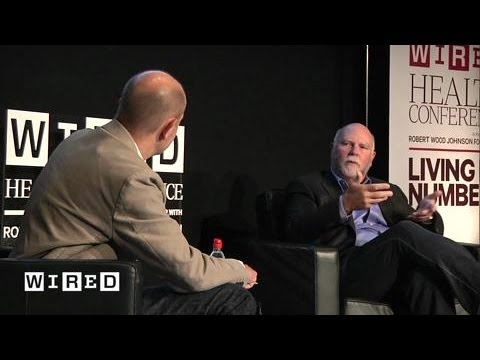Reducing Carbon Emissions and Transitioning to Clean Energy
Summary
In this article, we discuss various topics related to reducing carbon emissions and transitioning to clean energy. We explore the benefits and challenges of renewable energy sources, such as hydropower, wind, and solar, as well as the environmental and economic impacts of fracking. We also address concerns about job loss in the oil and gas industry and suggest creating jobs in renewable energy technologies. Finally, we highlight the importance of global cooperation and the Paris Accords in tackling climate change.
Table of Contents
- Fracking and its Environmental Impacts
- Hydropower and its Benefits and Challenges
- The Limitations of Renewable Energy Sources
- Carbon Capture and Electric Power Grid Upgrades
- Creating Jobs in Renewable Energy Technologies
- Global Cooperation and the Paris Accords
Fracking and its Environmental Impacts
Fracking is a controversial process that involves injecting fluids and chemicals into the ground to fracture rocks and release gas. While natural gas is considered cleaner than coal, fracking still causes pollution and other environmental problems such as seismic activity and contamination of water supplies. As we move towards cleaner energy sources, we must carefully consider the environmental impacts of fracking.
Hydropower and its Benefits and Challenges
Hydropower is a renewable energy source that generates electricity by building dams that block rivers and using turbines to generate electricity. It accounts for about 10% of electricity in the US. While hydropower has many benefits, such as being renewable and reliable, it can also harm fish migration and habitats. We must weigh the benefits and challenges of hydropower as we transition to cleaner energy sources.
The Limitations of Renewable Energy Sources
While renewable energy sources such as wind and solar have the potential to replace most of fossil fuels, current technology cannot fully replace them yet. This is because renewable sources are not always available, as they depend on weather conditions. Batteries are being used to store renewable energy, but we still need to find ways to make renewable energy more reliable and affordable.
Carbon Capture and Electric Power Grid Upgrades
Carbon capture is a process that separates carbon dioxide from emissions and injects it underground. This technology has the potential to significantly reduce carbon emissions. However, transitioning to electric vehicles and electric heating systems will require a significant upgrade of the power grid. We must invest in technology and infrastructure to support a clean energy transition.
Creating Jobs in Renewable Energy Technologies
Transitioning to clean energy sources will require significant changes in the workforce. While there are concerns about job loss in the oil and gas industry, we can create new jobs in renewable energy technologies. This will require investment in education and training programs to ensure that workers have the skills they need to succeed in the new energy economy.
Global Cooperation and the Paris Accords
Addressing climate change will require global cooperation. The Paris Accords are seen as a significant global agreement to tackle global warming, with each country submitting its own plan for reducing emissions. We must take advantage of the decreasing cost of clean energy to set higher goals and work together to achieve them. However, we must also acknowledge that even this may not be enough, as climate change is a significant and ongoing problem that will require continued effort beyond the next 40 years.
Conclusion
Reducing carbon emissions and transitioning to clean energy is essential to addressing climate change. We must carefully consider the environmental impacts of different energy sources, invest in technology and infrastructure, and create new jobs in renewable energy technologies. Global cooperation is also key to achieving our goals. While there are challenges ahead, we have the potential to create a cleaner, more sustainable future for ourselves and future generations.







